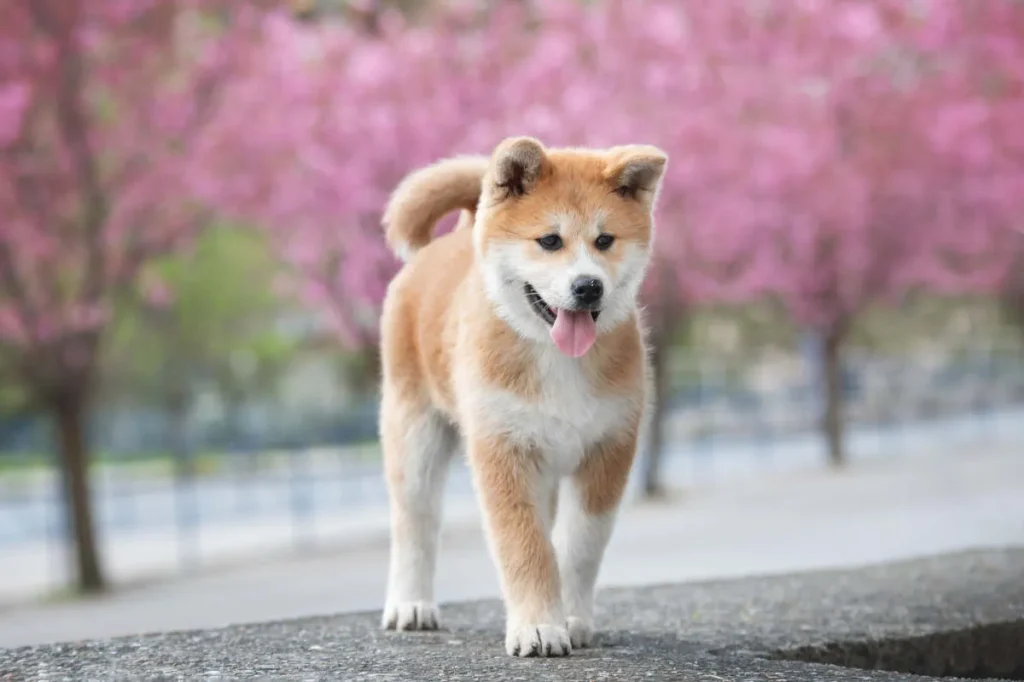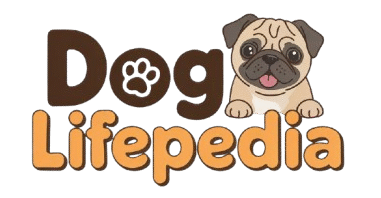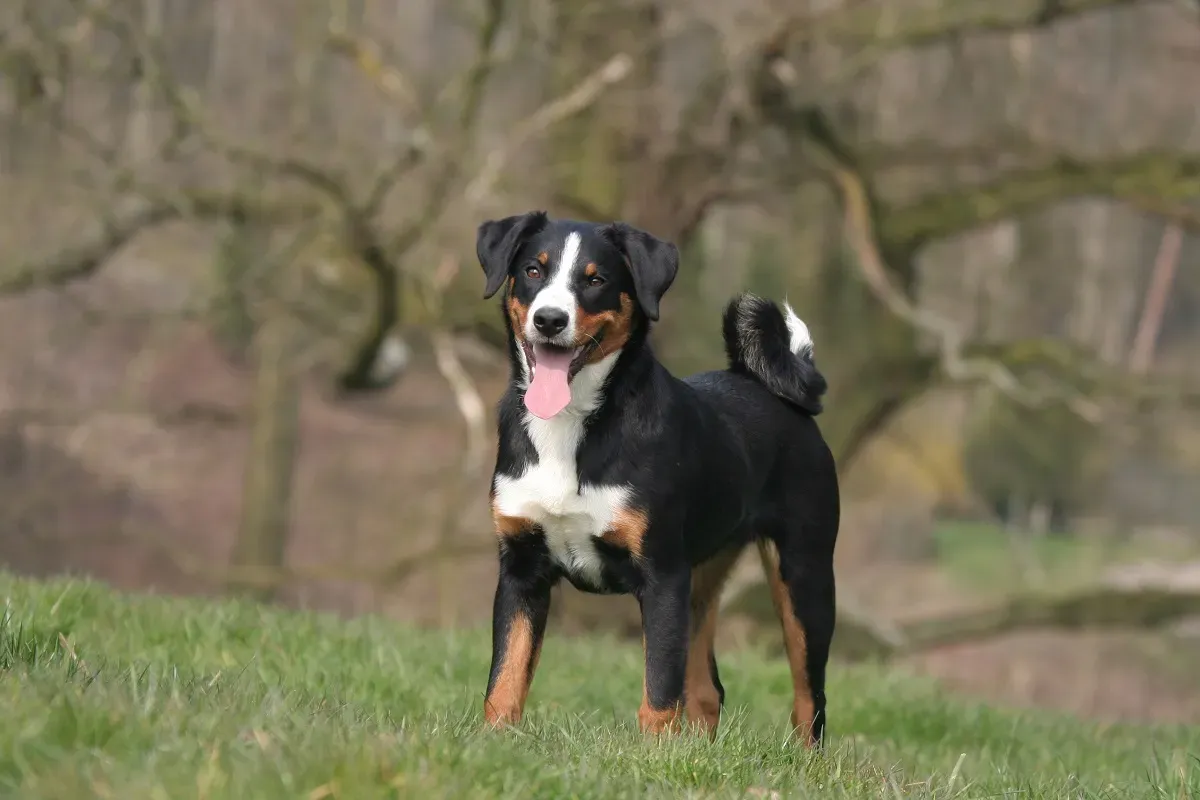
Akita
Heena
June 23, 2025

The Akita is a powerful, dignified, and courageous dog breed that originated in Japan. Known for its loyalty and quiet strength, the Akita is admired both as a family protector and a noble companion. With its bear-like face, fluffy tail, and calm temperament, the Akita stands out as a remarkable breed with deep historical roots and modern appeal.
Akita Breed Overview (Quick Facts)
Attribute | Details |
Breed Name | Akita |
Group | Working |
Origin | Japan |
Size | Large |
Weight | 70–130 lbs (32–59 kg) |
Lifespan | 10–13 years |
Temperament | Loyal, Reserved, Protective |
Good with Kids | With supervision |
Shedding Level | High |
Trainability | Moderate |
Energy Level | Medium |
Grooming Needs | Moderate to High |
🧬 History & Origin of the Akita
The Akita breed traces its roots to the northern regions of Japan, specifically the Akita Prefecture, where it was developed to hunt big game such as wild boar, deer, and even bears. Historically, the Akita was considered a royal dog, owned by the Japanese nobility.
One of the most famous Akitas in history is Hachikō, a loyal dog who waited every day at a Tokyo train station for his deceased owner to return—becoming a symbol of unwavering loyalty.
Temperament & Personality
The Akita is a quiet, noble, and fiercely loyal dog. While they are devoted to their families, they are typically reserved or aloof with strangers, making them excellent guard dogs. Akitas are:
- Not overly vocal (they rarely bark without reason)
- Naturally protective of their home and loved ones
- Strong-willed and confident
Due to their dominant nature, early socialization is key, especially if they’ll be around children or other pets.
💪 Physical Appearance
Akitas have a strong, broad frame with a thick double coat, curled tail, and distinctive bear-like face. Their alert expression and erect ears reflect intelligence and focus. Common coat colors include:
- White
- Brindle
- Red Fawn
- Sesame (Red with black tips)
They are well-muscled, with males typically being larger and bulkier than females.
🧼 Grooming Needs
Akitas have a dense double coat that requires regular maintenance:
- Brushing: 2–3 times per week (daily during shedding season)
- Shedding: Heavy during spring and fall
- Bathing: Every 6–8 weeks
- Ears, nails, and teeth: Check weekly
While not prone to matting, their thick coat can become uncomfortable if not maintained.
🏃 Exercise & Activity Needs
Despite their size, Akitas are not hyperactive dogs. They enjoy:
- Daily walks (30–60 minutes)
- Play sessions in a secure yard
- Mental stimulation through puzzle toys and training
Note: They should always be on leash or in a secure area—Akitas can be territorial and dog-aggressive if not properly trained.
🥗 Diet & Nutrition
Akitas thrive on a high-protein diet rich in nutrients:
- 2–3 meals per day (depending on age and activity)
- Avoid overfeeding—they can gain weight easily
- Feed high-quality kibble or raw/fresh diets approved by vets
Always provide clean water and monitor for food allergies or sensitivities.
🏥 Common Health Issues
Akitas are generally healthy but are predisposed to a few genetic conditions:
- Hip dysplasia
- Progressive Retinal Atrophy (PRA)
- Hypothyroidism
- Autoimmune disorders
- Gastric torsion (bloat)
Regular vet checkups and screening from reputable breeders can help reduce risks.
🧠 Trainability
Akitas are intelligent but independent, requiring:
- Early socialization (especially with people and pets)
- Firm, consistent training
- Positive reinforcement techniques
They respond best to confident owners who set clear rules. They don’t do well with harsh training methods.
👪 Is the Akita Good for Families?
Akitas can be great family dogs in the right environment:
✅ Best for:
- Experienced dog owners
- Homes without other dominant dogs
- Families with older children
❌ Not ideal for:
- First-time dog owners
- Homes with multiple small pets
- Families seeking a playful, social dog like a Golden Retriever
Supervised interactions with kids are a must, especially during the dog’s early years.
🐶 Akita vs. Similar Breeds
Trait | Akita | Shiba Inu | Alaskan Malamute |
Size | Large | Small | Large |
Temperament | Reserved, Loyal | Bold, Alert | Friendly, Playful |
Shedding | High | Moderate | High |
Guarding Ability | Excellent | Moderate | Low |
🧾 Conclusion
The Akita is a noble and majestic breed that offers deep loyalty and unmatched companionship — but only to those willing to invest in early training, proper care, and lifelong leadership.
If you want a quiet protector that bonds deeply with its family, the Akita might be your perfect match.
FAQ
❓ Are Akitas aggressive?
Akitas are naturally protective, but not aggressive when trained properly. Without socialization, they may become territorial or dominant.
❓ Do Akitas bark a lot?
No — they are quiet and reserved, barking only when necessary.
❓ Can Akitas live in apartments?
They can, if exercised regularly and given mental stimulation. However, their size and guarding nature make a house with a yard preferable.
❓ Are Akitas good with cats?
Generally not — they have a strong prey drive. Early exposure and training may help, but many do best as the only pet.
Choose this breed if you want:
- A powerful, dignified protector
- A dog that’s intelligent, trainable, and loyal
- A companion for active households
- A breed with a strong work ethic and calm demeanor
Avoid if you want:
- A low-maintenance or small dog
- An easygoing, independent breed
A breed suitable for apartment living with minimal time commitment

